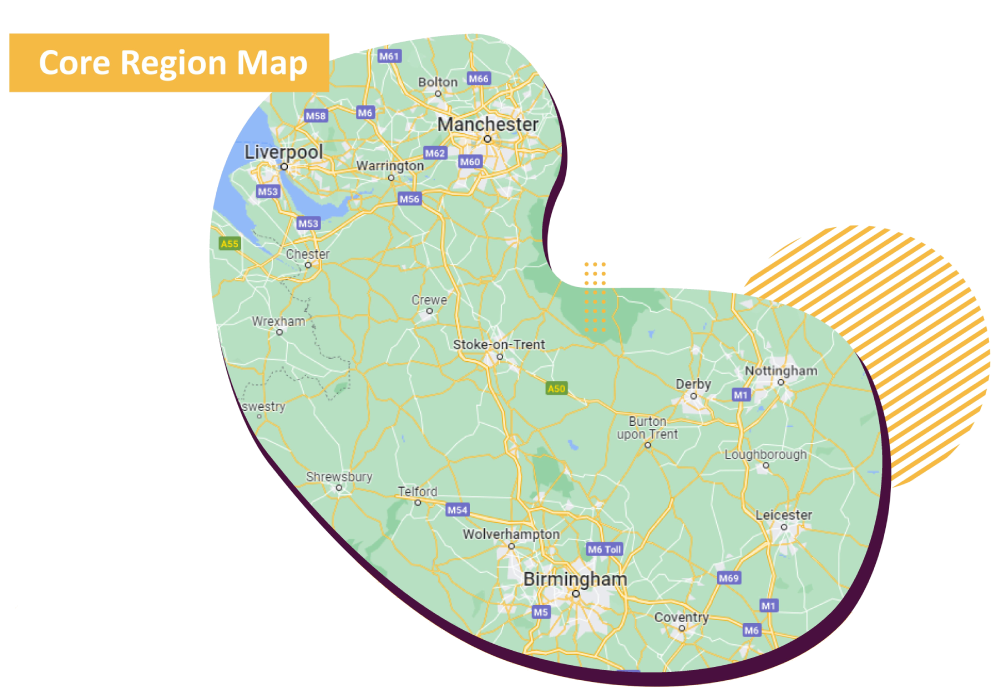Make Your Room Look Bigger with These Creative Painting Ideas
Working or moving in a small room can be very uncomfortable. If you are living in a small space, you have no choice but to make use of every space you have. But with a few interior design know-how and tricks, you can make your room look bigger than it actually looks. Many small space owners have adopted a variety of techniques to make their room look bigger and you can also incorporate their ideas with yours.
By adapting colour techniques, using creative lighting, furniture arrangement, and placing mirrors in certain areas, you can successfully make your small room look bigger. Check out these creative ideas to achieve that.
Use Light Colours
One of the secrets of interior designing is to use colours to achieve the desired look. If you want a small space to look bigger, go for light and bright colours. The more the light reflects, the more it gives an illusion that a space is huge.
By painting walls with light and bright colours, you can achieve an open and airy feeling inside your space as it maximises the effect of normal light that goes inside the room. Since light colours are highly reflective, they can maximise the viewing distance making your room look bigger.
You can use lighter colours when painting your walls, trims, and mouldings to make your room bigger than its original edges. With the right colour effect, you can achieve in making your walls look very far.
Be Creative with the Lighting
While it is best to have natural light inside the room, not everyone has the privilege of getting rooms that have very good natural lighting. In this case, you can use creative lighting fixtures to make your room look bigger. Through creative planning, you can achieve in creating light effects that could give an illusion of having more space inside your room.
Keep your room organised
Small spaces can look smaller and cramped if it is messy and unorganised. By cleaning up and arranging the space, you can achieve in making it look bigger than it actually is. Avoid covering your walls with a lot of pictures and small paintings. Instead, you can opt for a single big painting on your wall. Keep the floors neat and clean by eliminating large mattes and carpets. This way, you can create an illusion that the room is bigger than its actual appearance.

Create a focal point
By creating a focal point inside a small room, you can make your room look bigger as you are directing everyone’s attention to that certain part of the room. You can do it by putting eye-catching, smartly arranged furniture on a specific area, be it a table, bed, or any furniture you want to highlight in your room. Then keep other furniture simple or minimal looking.
Install mirrors
A lot of people are not aware that putting mirrors in a small space can make the room appear bigger. Mirrors reflect both natural and artificial light and can make an effective illusion to make the room look bigger. Placing a mirror in the right place, such as near a window, can enhance the brightness of your during the day and even at night.
You can also install mirrors on your walls, or use glassed top tables and mirrored cabinet doors to make your room look more open and spacious.
Consider multifunctional furniture
Using multifunctional furniture can save you space and make your room bigger. Consider using a sofa bed with built-in drawers or decorating your dining area with expandable or folding tables. As much as possible, avoid using bulky furniture and appliances to avoid making your room cramped up.
Following some or all the creative tips mentioned in this blog will help you achieve in making your small room look bigger. If you need help from experts, you may also contact us at Wallace Contracts for a guaranteed reliable and cost-effective solution to your interior decorating needs.
 As for the overall exterior trend search results, “outdoor wood paint” is at the top with over 12,000 monthly Google searches, followed by uPVC door paint, brick paint, white masonry paint, and more.
As for the overall exterior trend search results, “outdoor wood paint” is at the top with over 12,000 monthly Google searches, followed by uPVC door paint, brick paint, white masonry paint, and more.


